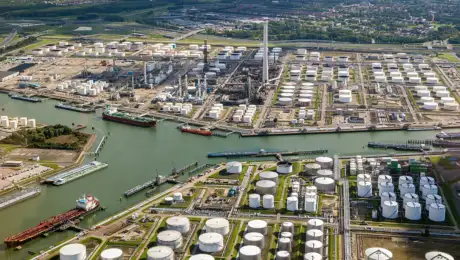This presentation is a part of the 2022 FLACS User Group (FLUG) Meeting. Fill in the form below to access the recording and dive into the valuable insights shared by industry experts.
About the presentation
Hydrogen is poised to become a pillar in the transition towards a more sustainable energy system. As a result, many governments, businesses, and research institutions are looking to use hydrogen as an alternative to natural gas, in particular for power and transport applications (gas turbines, hydrogen fuel cells and hydrogen combustion engines).
Although the industry has extensive experience in using hydrogen as part of manufacturing processes, many new applications require hydrogen to be deployed close to the public. However, there seems to be a lack of awareness, particularly among new entrants, of the very different properties and explosion characteristics of hydrogen compared to natural gas.
One crucial difference is the difficulty that typical ventilation systems have in diluting a hydrogen leak to concentrations below which no damaging overpressure is expected. In natural gas applications, ventilation is a well-established component of the “basis of safety” in enclosures (compressor shelters, gas turbines). However, when using hydrogen, ventilation alone might not be enough to achieve a non-flammable atmosphere. This paper will present examples of hydrogen leak dispersion in enclosures and the potential explosion overpressures that could be expected.
We will show the influence of the size of the gas cloud on the severity of the explosion and the effect of different ventilation arrangements. Possible mitigation strategies will then be presented, to enable the safe deployment of hydrogen in applications that require close proximity to the public.
About the speaker

Pablo Giacopinelli
Pablo has more than 10 years of experience in conducting CFD studies in various industries, including O&G, nuclear, biomass, and civil and aerospace engineering, with a primary focus on modelling the consequences of explosion and fire phenomena, and dispersion hazards such as flammable vapours and toxic exposures. He is an Aeronautical Engineer who graduated from the National University of La Plata (Argentina) with postgraduate studies at the University of Manchester (UK).














